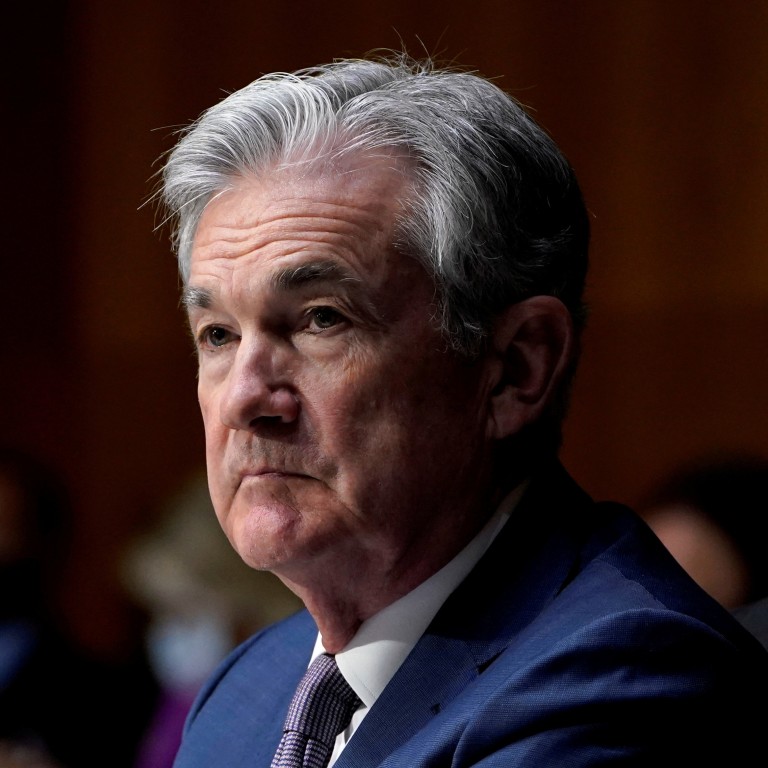
As the US Federal Reserve tops up the punch bowl, it must remember that the bond market can still intimidate
- US bond markets are historically wary of policymakers who appear complacent about inflation risks
- When there is fear of future price inflation in the air, markets expect to be compensated appropriately and reprice accordingly
As higher yields are a direct consequence of lower US Treasury prices, why would any investor hold onto such US paper today if the perception is that the market as a whole expects the price of that paper to be lower tomorrow? From a capital preservation perspective, it’s far better to sell today.
That scenario won’t appeal to US policymakers who see continuing low Treasury yields as an integral part of the campaign to re-energise the economy, but they may have to get used to it. When there is fear of future price inflation in the air, markets expect to be compensated appropriately and re-price accordingly.

Indeed, noting that the United States has “averaged less than 2 per cent inflation over the last 25 years”, Powell’s view is that “inflation dynamics do change over time but they don’t change on a dime” and that it “may take more than three years” to hit the 2 per cent average inflation target.
So, from the Fed’s perspective, materially higher yields on Treasuries are unjustified, but this view may not wash with a US bond market that is historically wary of policymakers who appear complacent about inflation risks.
Back in 1955, Fed chair William McChesney Martin Jnr famously remarked that it is the job of the US central bank to take away the punch bowl just as the party gets going. For many US bond market practitioners, it might discomfortingly appear that current Fed chair Powell is more inclined to keep topping up the punch bowl during the party.
Nor is it necessarily persuasive from a market perspective for Powell to downplay inflation risks based on the experience of the past 25 years when talking about how the US economy will come out of a pandemic the likes of which the country has not endured for a century.
In 1994, bond market investors took umbrage with the incremental pace of rate hikes being implemented by the Fed, then led by Alan Greenspan, and delivered a salutary message to the US central bank that became known as The Great Bond Massacre.
With US Treasury prices in free fall, yields on the long bond, the 30-year Treasury, leapt by some 2 per cent in the first nine months of 1994, and this was with the Greenspan Fed in hiking mode. Today, Fed rate increases are not even on the agenda.
In 1994, the Fed had to run to catch up with the bond markets. Today, the bond market is on the move, but the Fed is not even in the starting blocks.
Could the Japanese yen be a good reflation trade?
Powell and his colleagues should recognise that the higher Treasury yields are an early warning from the bond markets that a policy mix that is perceived to be too focused on US unemployment, and not focused enough on inflation risks, carries with it costs in the form of lower Treasury prices and higher yields.
Fed policymakers might do well to recall the characterisation of The Great Bond Massacre by James Carville, political adviser to then US president Bill Clinton. “I used to think that if there was reincarnation, I wanted to come back as the president or the Pope,” Carville said. “But now I would like to come back as the bond market. You can intimidate everybody.”
The US bond market can certainly still intimidate; the sell-off in US Treasuries may have further to run.
Neal Kimberley is a commentator on macroeconomics and financial markets


